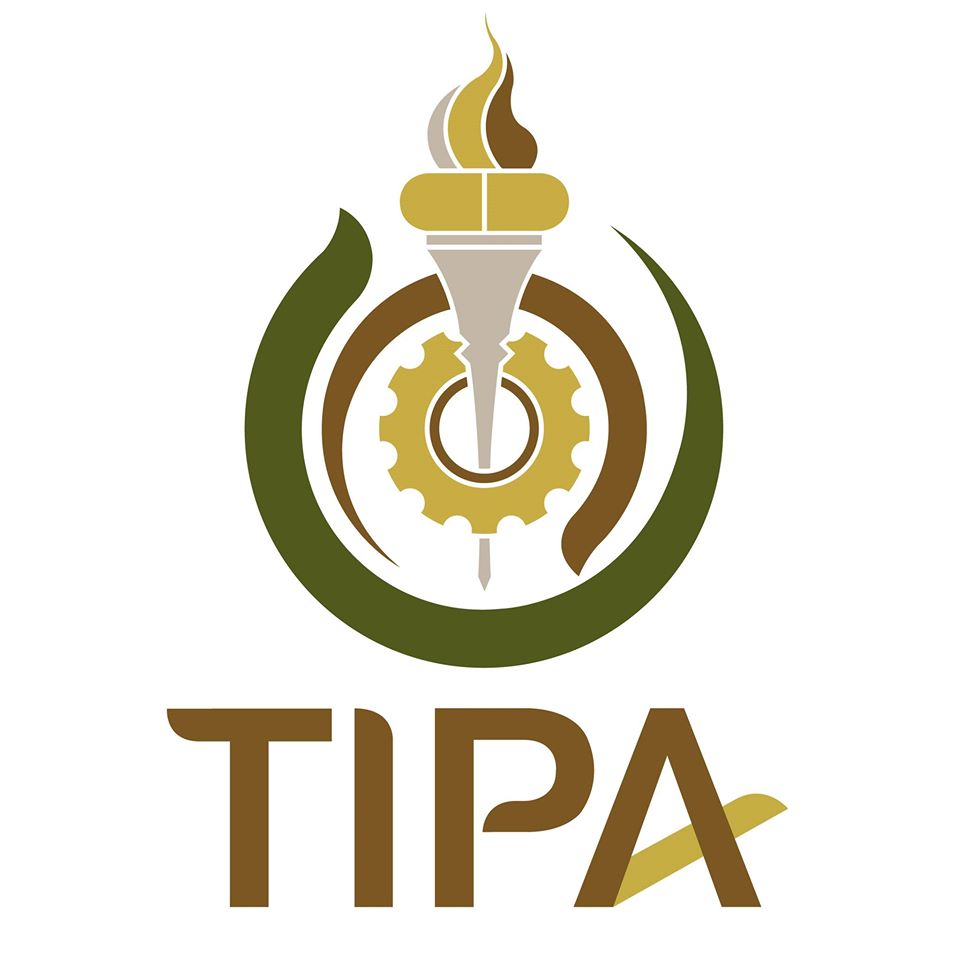2019-10-15
By admin
The Importance of TOC parameter in cleaning validation and elemental impurities determination by ICP according to USP <232><233> and ICH Q3D guideline
ABSTRACT
Determination of Elemental Impurities in Pharmaceuticals by ICP
As of January 2018, pharmaceutical products must comply with specified limits for the allowed exposure to certain trace elemental impurities. The maximum permitted exposure limits and the analytical methods in order to quantify the listed trace elemental impurities are described in the United States Pharmacopeia (USP) chapters <232> Elemental Impurities – Limits[1] and <233> Elemental Impurities - Procedures[2] and are aligned with the International Conference on Harmonization (ICH) Q3D Step 4 guidelines.
As discussed below, ICP technology is now a compendial method for the quantification of trace elemental impurities and is becoming the routine method of choice for manufacturers and suppliers of pharmaceutical products, including raw materials, drug substances and excipients. Challenges within this field of application include a large variety of sample types with diverse analyte combinations and target limits. This, in turn, requires ICP instrumentation that
can handle a large variety of sample types with varying matrix loading and solvent types (e.g., aqueous or solvent based) and offers the measurement of a wide concentration range. In this regard, the plasma system needs to be able to handle any sample type without compromises in plasma stability and robustness. The accurate and reliable quantification of trace elemental impurities also requires a high sensitivity of the system, as well as the ability to resolve spectral interferences that are common in ICP-OES.
TOC Analyzers in Pharmaceutical
Introduction - Importance of the TOC sum Parameter
Monitoring the quality of process and Product water is one importance task in Pharmaceutical industry. Besides other parameters, especially the parameter is used for quality control in ultra-pure water analyses, in particular for analysis of WFI (Water for injection purposes) and AP (purified water).
Another importance challeng in pharmaceutical plants is the minimization or elimination of cross-contamination in production facilities. The effectiveness of these cleaning procedures is to be demonstrated regularly by the use of analytical measuring techniques. Both substance-specific techniques - such as HPLC, GC - and unspecific or sum parameter analysis techniques - e.g. TOC/TN analyzers and measuring instruments for conductivity, pH and surface tension - are used. TOC analytics play an outstanding role in cleaning validation, especially complex products or combinations of products with a large number of possible cleaning agents. As carbon is a component of all organic compounds, TOC determination allows the measurement and quantitative determination of organic residues of substances, auxiliary materials, reaction products and cleaning agents in the trace range at around 50 ppb and below and therefore predestined as a screening parameter.
Agenda
Thursday 14 October 2019
Ambassador Hotel , Sukhumvit 11 ,Bangkok
09.00 -09.30 Analytik Jena Company profile
Mr. Santhiti Tawachsupa
09.30-10.45 Principles of Total Organic Carbon
Mr.Atipong Saiyud
10.45-11.00 Coffee break
11.00-12.00 High performance TOC by Analytik Jena with Germany Technology
Miss Tran Nham
12.00-13.00 Lunch
13.00 -14.00 New USP 232/233 chapters – Updated for Elemental impurities Guidelines
MissTran Nham
14.00-15.00 ICP-OES: The Highest Resolution ICP-OES with Germany Technology
Miss Tran Nham
15.15-15.30 Coffee break
15.30-16.30 ICP-MS: The Highest sensitivity ICP-MS on the market
Miss Tran Nham
16.30-17.00 Q&A
Free Registration
Register Limit 100 Person
